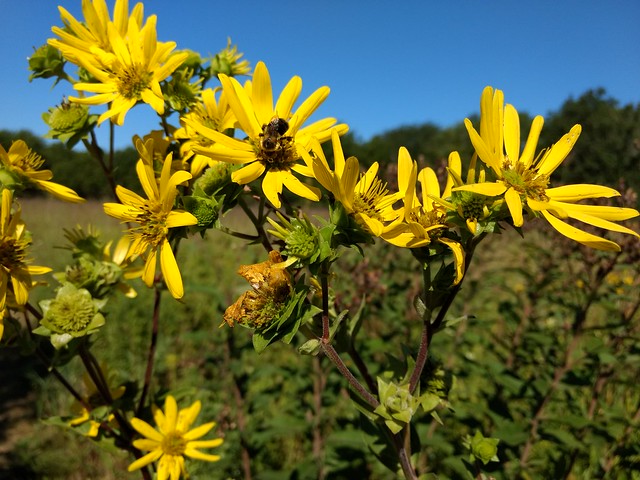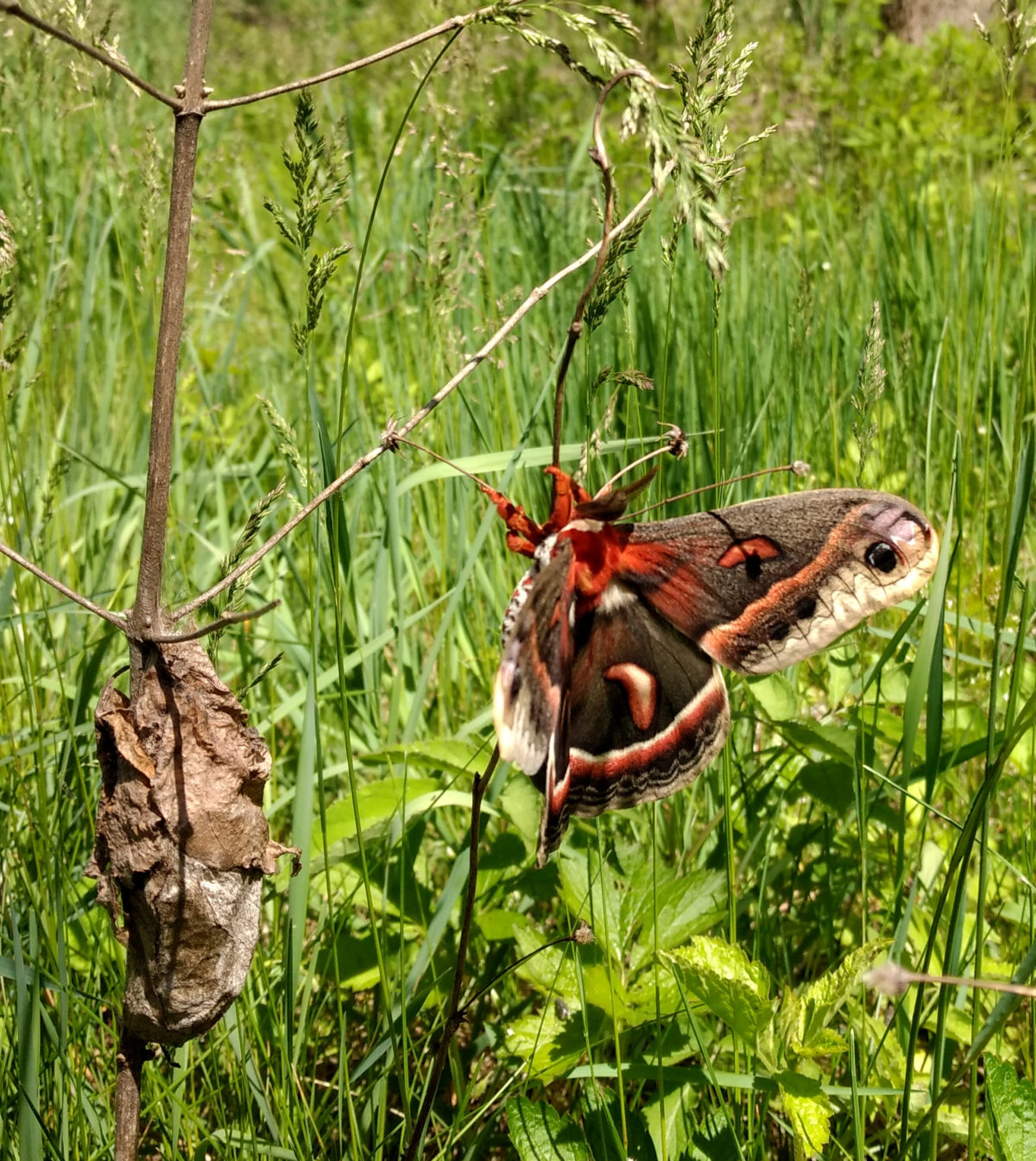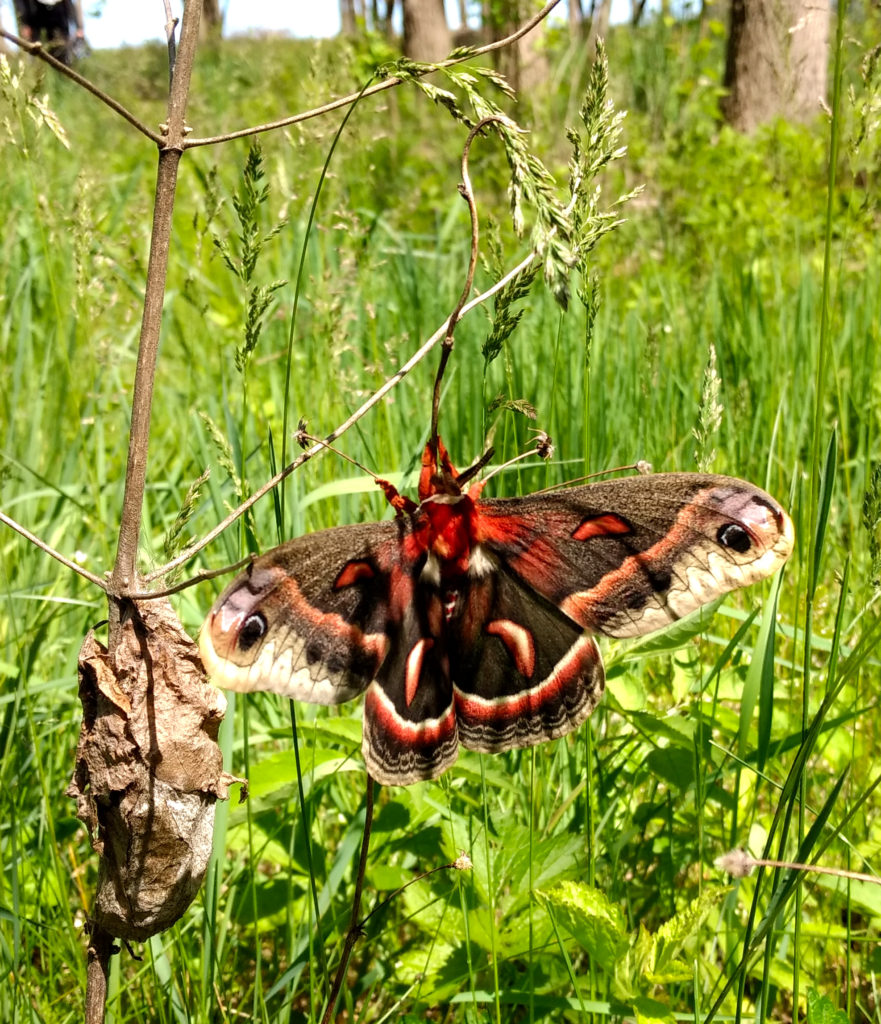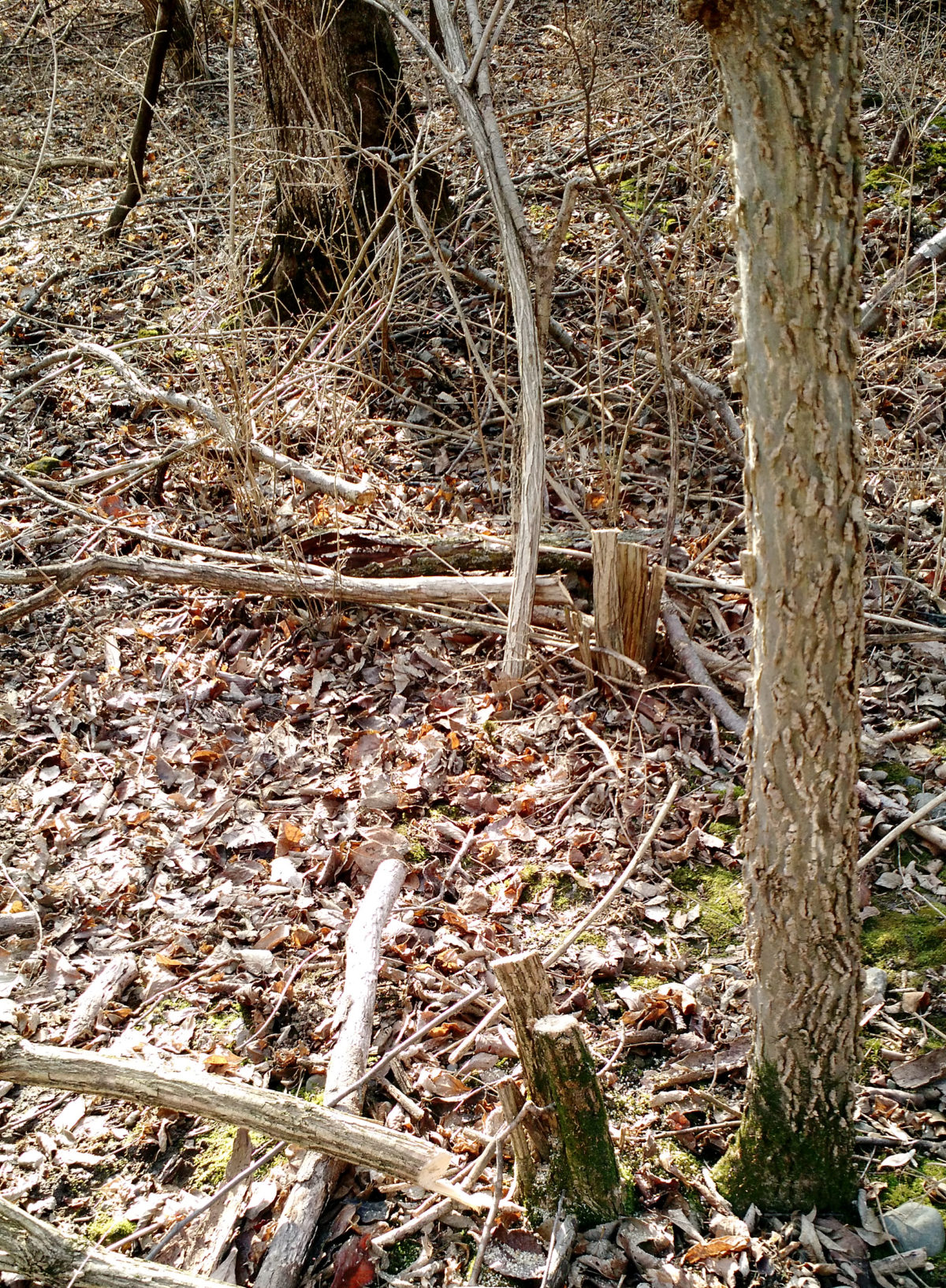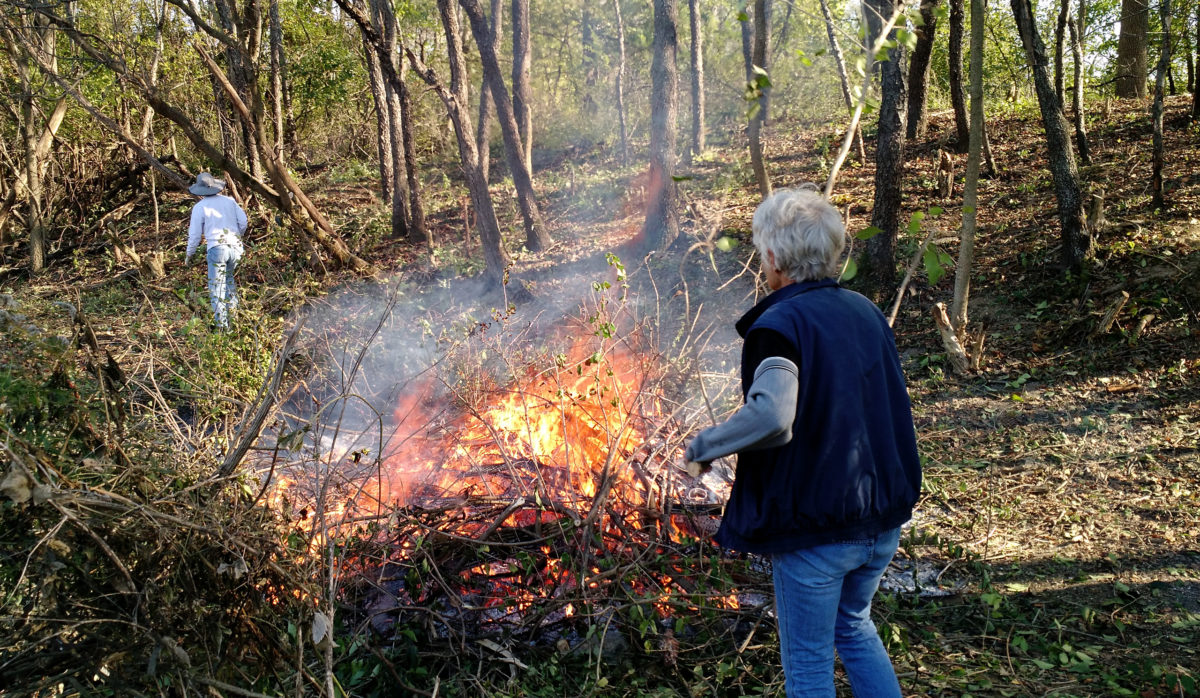This year didn’t have a stunt like last year’s Kal-Haven Trail walk. Instead I tried to spend the year turning my realization that “getting plenty of exercise” is a poor substitute for “moving all day” into something that guided my behavior all the time.
I did not have perfect success. I still spend too many hours sitting at my computer during the day, and then spend too many hours sitting and watching videos in the evening. Neither did I fail. I included movement throughout the day most days of the year, especially through the spring, summer, and fall.
Although movement was my focus I certainly did not give up on exercise. In particular, I used exercise to make progress on developing certain capabilities that I lack.
Exercise
I had four specific things I was going to work on for 2016: squatting, toe flexibility, hanging, and wall dips. I made good progress on all them except the toe flexibility.
Squatting
My limitations in squatting turn out to be almost entirely mobility. (My personal test for this is the goblet squat. Using a modest weight—just enough to serve as a counterbalance so I can get down into a deep squat—I can do a dozen reps.)
The other ways (besides a counterbalance) to compensate for squat-limiting mobility issues are heel bolstering, hanging onto something in front of you, and taking a wide-legged sumo stance. I don’t practice the last, but use it when I want to look in my mailbox (which is down low) or into a low cabinet or the bottom of the refrigerator. I don’t much practice hanging onto something while squatting either. Most of my practice has focused on bolstering.
With a modest amount of heel-bolstering I can now get down into a deep squat, and linger there comfortably. Almost every day I do my calf and hamstring stretches and then do some squatting with progressively lower heel bolstering. I haven’t done as much hip flexor stretching as I probably need to. I’ll add that to my daily routine, both for the stretching itself, and also for the motor control practice—I’m kind of wobbly doing a hip flexor stretch, which probably causes all the related muscles to tighten up some.
Hanging
My hanging is probably where I’ve made the most progress. I can now hang for long enough (90 seconds) that there’s time to do stuff while hanging—things like swinging back-and-forth or side-to-side, pulling my knees up toward my chest, or raising my legs up in front of me.
To just hanging I added negative pull ups. After an ill-advised increase in volume hurt my shoulder in July I eased up just a bit, but still made good progress, working up to 3×5 negative pull ups.
When that turned out not to have enabled even one pull up, I changed the exercise just a bit: Now I’m doing the negative pull ups even slower, trying at each point to see if I can (from that point) lift myself up, or at least stop my descent.
Soon. Soon I will be able to do a pull up.
Wall dip
I thought I was ready to do wall dips a year ago, because I could do wall supports—support myself with my hands on the top of a wall. I could even sort-of do one wall dip—lowering myself and then pushing back up.
I didn’t train that exercise enough in the summer, largely because I didn’t have a good wall to practice on. When I came back to it in the fall, I found that going from one wall dip to two wall dips was quite challenging.
Something that is well-known in the bodyweight exercise community—that I know, but always seem to have trouble applying to myself—is that when an exercise is too hard you should back off to an easier progression.
So, just now that it’s winter, I have finally backed off a bit to an easier dip progression: bench dips (where you have your hands on a bench behind you, with your legs stretched out in front of you, and you lower and raise yourself with your arms while some weight rests on your heels).
I’ve already worked up from 1×8 bench dips to 1×12. Pretty soon I’ll be doing 3×12. Then it’ll probably be time to return to wall dips. I’ll also keep up with my wall supports, when I happen upon a good wall.
Toe stretches
The area where I’ve made the least progress is toe dorsiflexion. That’s been kind of frustrating.
This may be one area where what I need is not just more stretching (which hasn’t seemed to do any good at all) but some sort of deeper tissue work to break up adhesions, recover space in the joint capsule, etc.
It just now, while writing this, occurred to me that I probably I need to expand my focus to include my whole foot and not just the toes. So that can be my winter practice: the same, plus extra foot mobility.
Pushups
I’m adding a fifth area of focus for 2017: Pushups.
They had not been a priority before, because pushing strength in that plane is not particularly important for parkour. And yet, it’s such a basic exercise, it seems silly not to give it a little attention—particularly because I was actually really weak in that area: I could barely do one pushup.
I just decided to add pushups a few weeks ago, about the same time I figured out I should back off from wall dips to bench dips. So when I found I could barely do a pushup, I quickly realized that I should back off to something easier for that move as well. So I’ve just started doing bench pushups (hands on a bench, rather than on the floor). I can do 1×8 of those as well.
Because trying to do a pushup is so easy, I probably won’t wait until I can do 3×12 bench pushups before switching back to regular pushups; I’ll just include an occasional few (as many as I can do) in the mix. Once I can do 5 or 6, I’ll switch back to actual pushups.
Non-Exercise Movement
Walking
Without a stunt walk to work up to, Jackie and I did not walk as much this year as last, but we did plenty of long walks and at least one very long walk. Some of our walking is exercise, but most of it is either just a way to get places, or else companionable social time together—often both.
Running
I also did a good bit of running, especially before August. As I’ve been doing more and more these past two or three years, I skipped most of the short and medium runs, letting walks stand in for those, and just did the long runs. That worked surprisingly well, and in July I did a 7.25 mile run, my longest run in years. This is probably a slider as to whether it counts as “exercise” or not, but I do it as much because I enjoy it as I do it for fitness, so I think it legitimately goes here.
Parkour
Early in the summer I did some training with the campus parkour group, which was great fun. I found it a bit stressful: I’m not strong enough to do some of the basic moves, and I’m too timid to commit to some of the ones I could do if I’d just go for it. I quit going in July when I hurt my shoulder, and then never got started again. I will go back. Maybe being stronger will help some with the timidity as well.
Taiji
I’ve continued to teach taiji, and to do taiji for myself when I’m not teaching it. The qigong practice that we start each session with provides a pretty good mobility routine (although lacking in the things I mention above: hip flexion, ankle dorsiflexion, and toe dorsiflexion). It builds strength (especially leg strength), balance, and precision (matching movement to intention). It includes a meditation practice—in each class we sit for a few minutes and stand for a few minutes, as well as trying to approach the form itself as moving meditation. It fills so many rolls it goes way beyond exercise (although it’s that too).
Push hands
One new thing I added—perhaps the most fun of all—is push hands. Closely related to taiji and qigong, it’s kind of a transitional step between taiji as a moving meditation and taiji as a martial art. It deserves a post of its own, so I won’t try to describe it here, and instead just thank the new friends I’ve been able to push with and say how much I’m looking forward to practicing again now that the holidays are over.
Volunteer stewardship work days
This doesn’t really describe a category of movement at all, which is I guess the way in which this is totally not an exercise.
Jackie’s master naturalist program includes a substantial volunteer commitment. It can be met a lot of different ways, but one is working in the various parks, doing things like clearing invasive plants, planting native species, and so on.
I’ve just done a few of these, but spent a couple of hours each time moving. Some of the movement—in particular, gathering prairie seeds—must have been identical to what our ancestors would have done in gathering seeds. Others were perhaps slightly different—we had saws and pruning clippers that our earliest ancestors would not have had—but once something has been cut, the lifting and dragging is right back to being the exact same movements that humans have been doing for hundreds of thousands of years.
I’m always torn this time of year, between looking forward to spring and being able to move outdoors again, versus motivating myself to get outdoors anyway (also: finding ways to move more indoors). I’m trying to discipline myself not to just defer my plans to the spring even implicitly such as by saying “I’m looking forward to spring and being able to move outdoors again.”
I’m pleased with 2016, a year of great progress in my movement practice, and I have every reason to hope that 2017 will be even better.
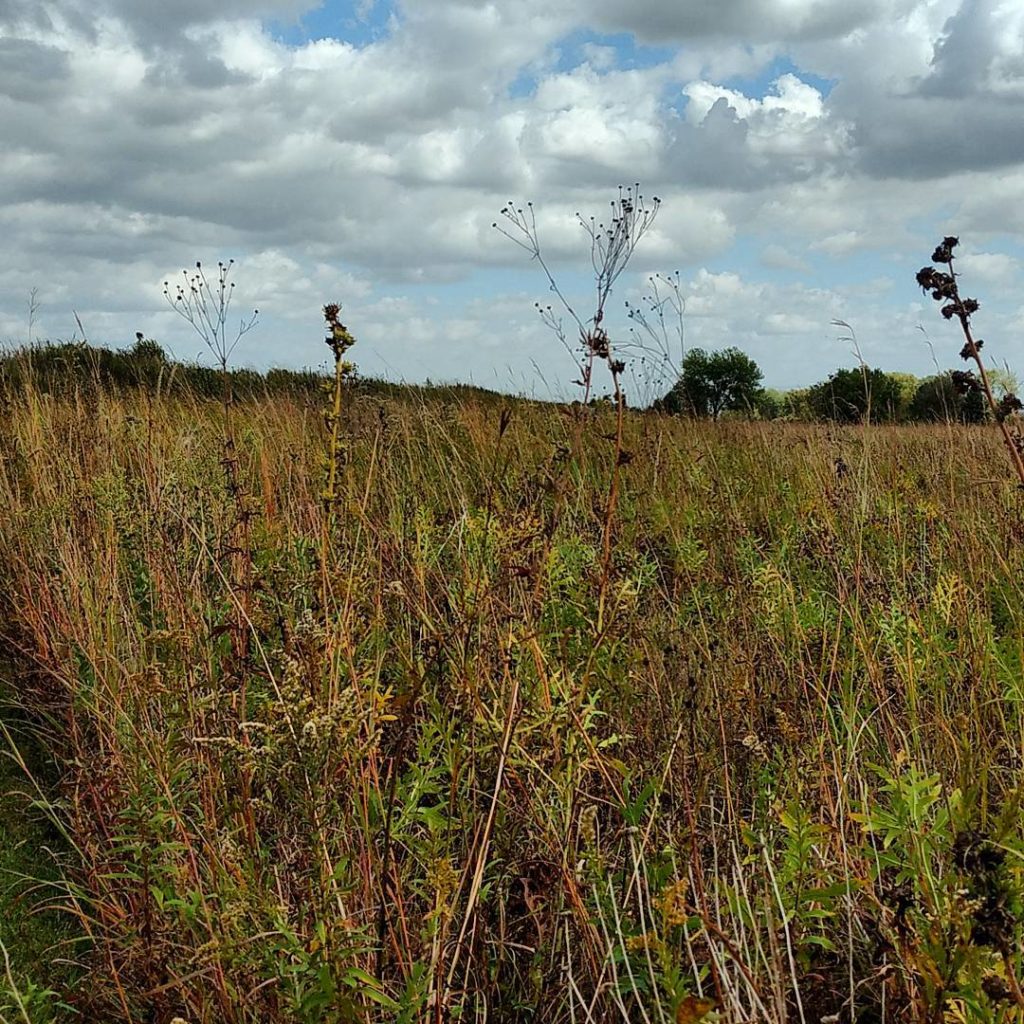

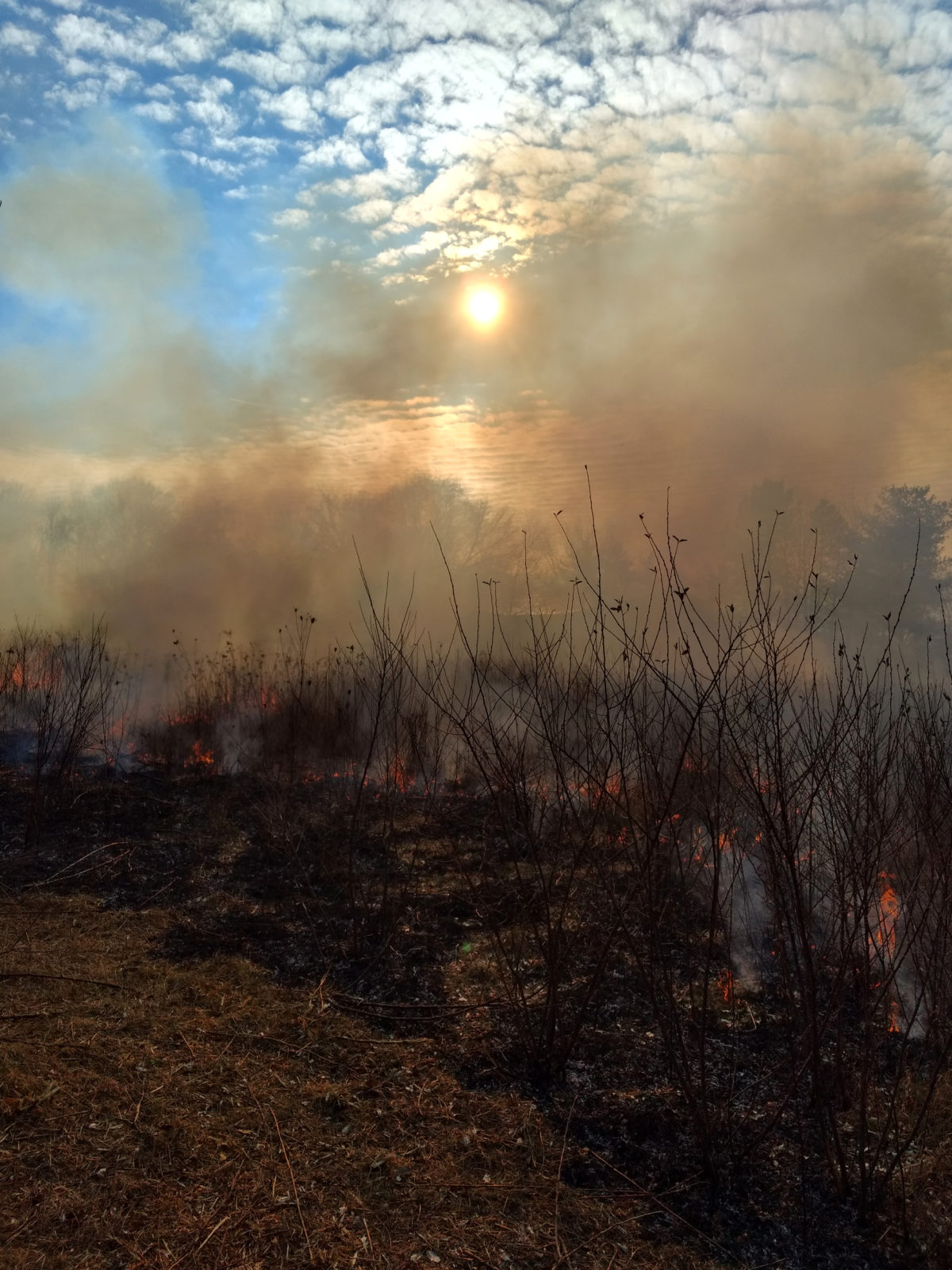
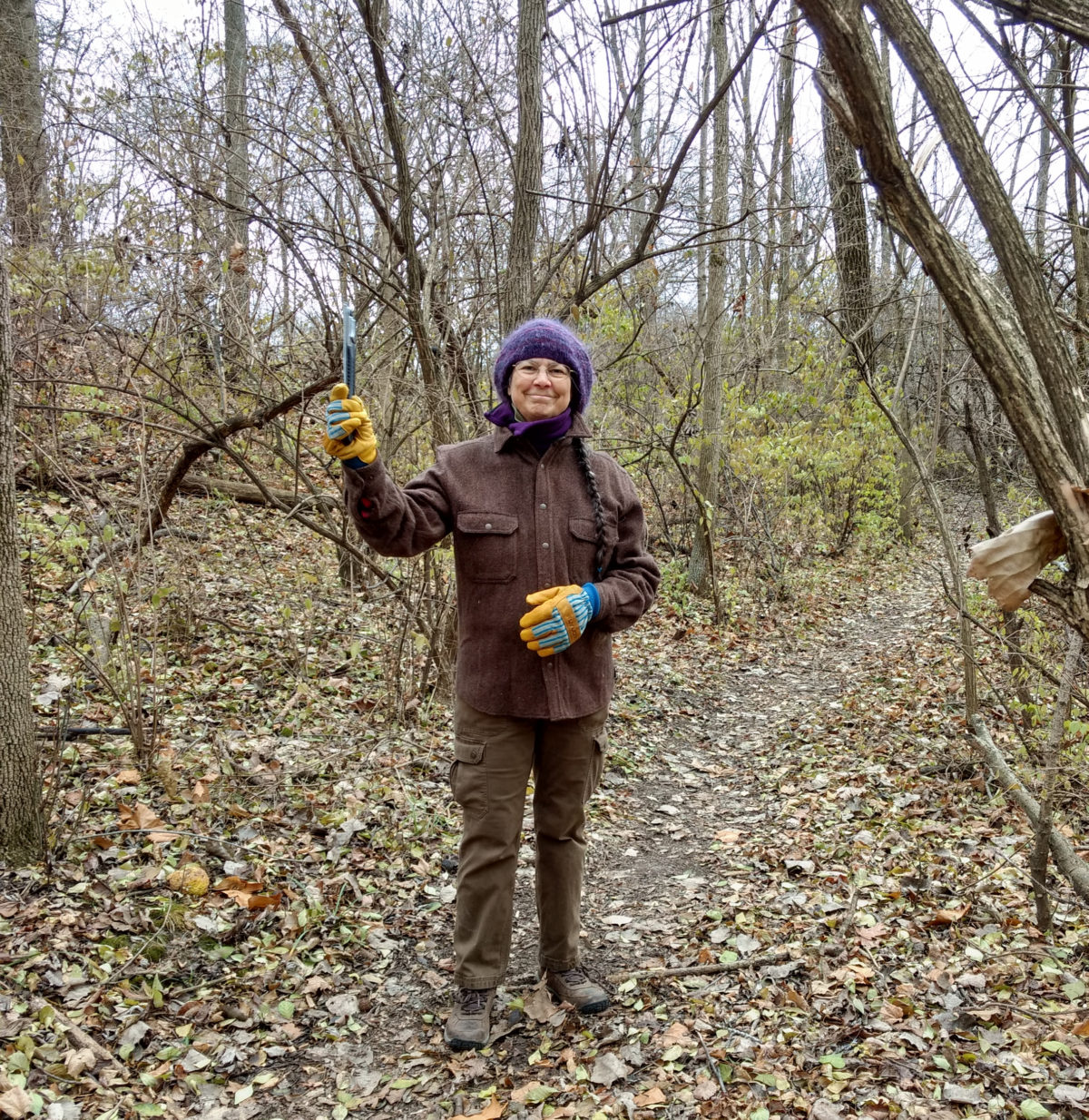
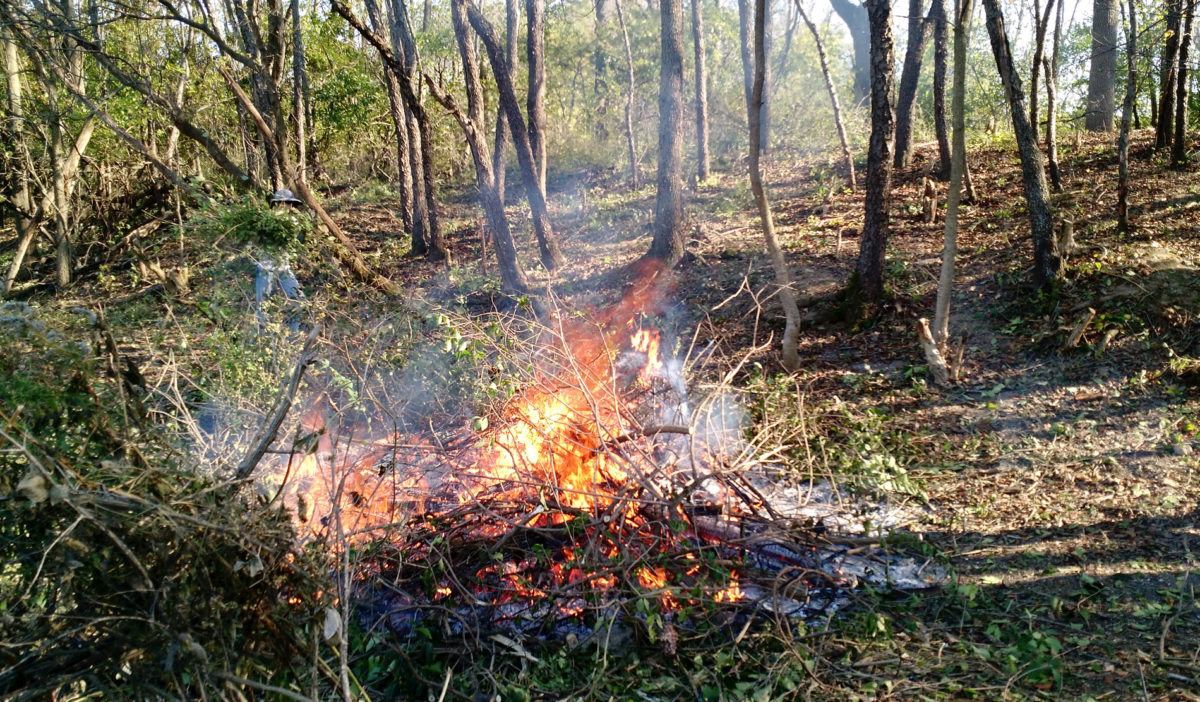
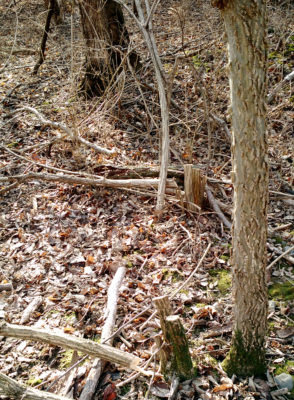 The next day Jackie commented that her feet were tired, and suggested that the stewardship work was more to the point than the various foot exercises suggested by movement teachers such as Katy Bowman and our new local
The next day Jackie commented that her feet were tired, and suggested that the stewardship work was more to the point than the various foot exercises suggested by movement teachers such as Katy Bowman and our new local 